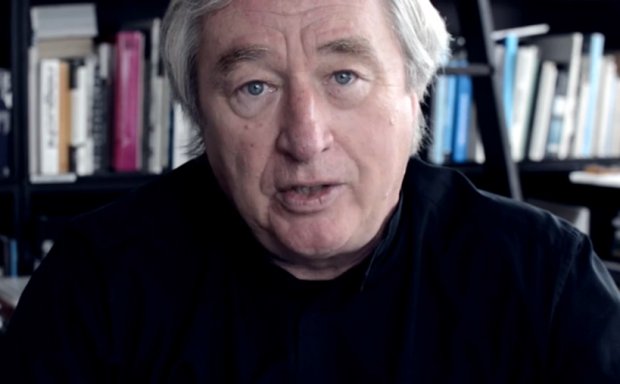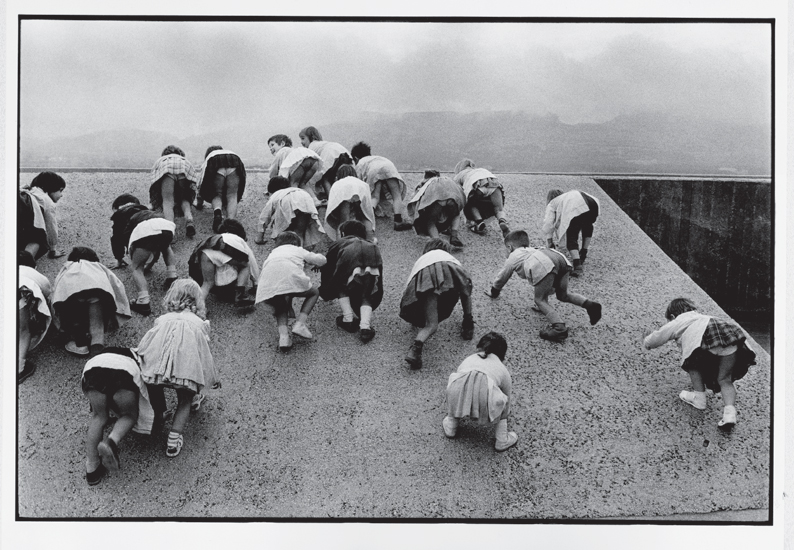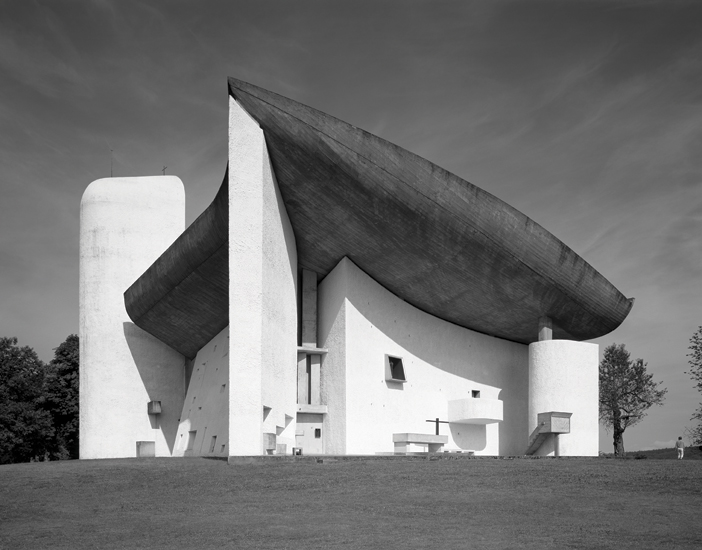
Steven Holl on the buildings that shaped him
How Seattle’s Space Needle, Rome’s Pantheon, and Le Corbusier’s Unité d'Habitation informed his work
Even dogs like Le Corbusier. That was one of Steven Holl’s take-away conclusions, after visiting the great Swiss French architect’s all-encompassing apartment block, the Unité d'Habitation in Marseilles. Holl first saw the building in 1979, when Le Corbusier’s high modernist style had, to some extent, fallen out of favour. Nevertheless, the American architect found much to praise in this famous block.
“The man who ran the restaurant near the roof had a very big collie dog,” Holl recalls in a wide-ranging interview with Phaidon, “and that dog had learned to go to the elevator, push the call button, go down, go outside, pee, and come back up to the restaurant. To me that explains what happens. Everyone gets acclimated to good buildings. At the time, everyone was saying how terrible Le Corbusier’s urbanism was, but, I found it very inspiring. The inhabitants there had adopted it.”

The recollection proves why, if you want to make world-class buildings, then you have to travel the world. “Architecture is not something that you can experience on a screen,” says Holl. “It is something that you experience in space and movement, and touch and smell and light. All those essential experiences are intermeshed.”
Although he is a thoroughly contemporary architect, Holl draws his influences from a diverse range of places and periods. The ancient Roman place of worship, the Pantheon, was a constant source of inspiration for the young architect, when he studied in the Italian capital in 1970.
“I lived right behind the building in Via Dè Nari and I went into the Pantheon every day,” he says. “Every day was different. The quality of the light changed; if it was raining, the light would catch in the silver raindrops coming down and hitting that marble floor in different ways. Then there were the changing seasons, when the sun would get deeper into the body of the building. I had this great experience, seeing how it was in the winter and in summer. I still get chills when I go there.”
Pre-Christian Rome is a world away from 20th century Seattle, the biggest city in the Pacific Northwest where the architect grew up. Yet Holl still recalls aspects of his home environment that informed his work.
“I think I was nine when they had the 1962 World’s Fair and built the Space Needle, and all these other crazy futuristic buildings, as well as a monorail that connected everything,” he says. “I came to love that idea of the future, we can make something better; we can go beyond. When I go back to Seattle, I still feel that optimism.”

He remains an admirer of Le Corbusier’s other great works, “I’ve been to his la Tourette priory near Lyon, which is fantastic, and I’ve been to his Notre Dame du Haut chapel in Ronchamp a few times,” he says. He also likes fellow mid-century genius, Louis Kahn, “I was in India recently at Kahn’s Institute of Management. It was absolutely something you have to see in person. You can’t understand it in a photograph.”
As a teacher, at Columbia University, he encourages tomorrow's architects to travel too. “Going in and walking through architecture is extremely important. That’s when you are studying it,” he says. “If you go and see it and make your own mind up about it, you will never forget the experience.”
And that goes for both Pagan Roman structures, and Space Age American ones. For further extracts from our Steven Holl interview go here; for a deeper understanding of this great architect, buy our new book, here; and for more on Holl's idols, consider these Le Corbusier books; and this Louis Kahn book.